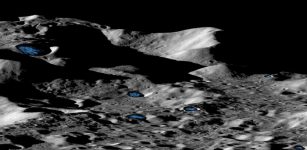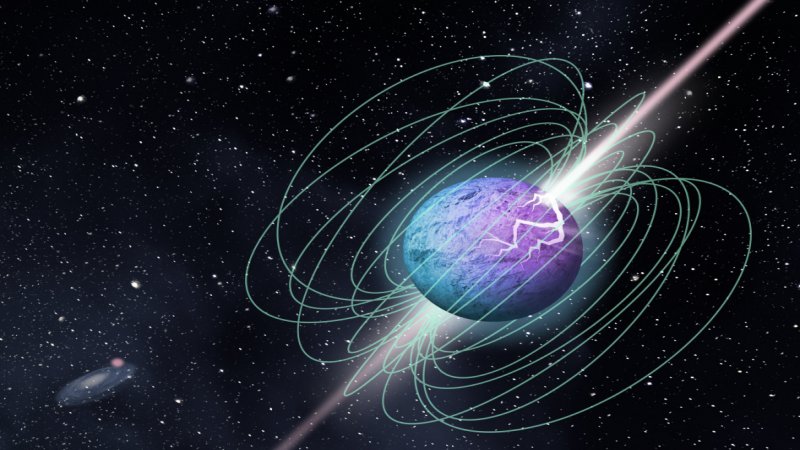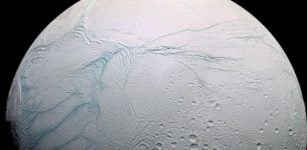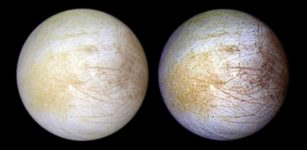Highest Peak On Saturn’s Largest Moon Titan Revealed In Cassini Spacecraft’s Images
MessageToEagle.com – Titan’s tallest peak is 10,948 feet (3,337 meters) high and is found within a trio of mountainous ridges called the Mithrim Montes, according to a new study of images and other data from NASA’s Cassini spacecraft.
The researchers found that all of Titan’s highest peaks are about 10,000 feet (3,000 meters) in elevation.
“It’s not only the highest point we’ve found so far on Titan, but we think it’s the highest point we’re likely to find,” Stephen Wall, deputy lead of the Cassini radar team at NASA’s Jet Propulsion Laboratory in Pasadena, California, said in a statement.
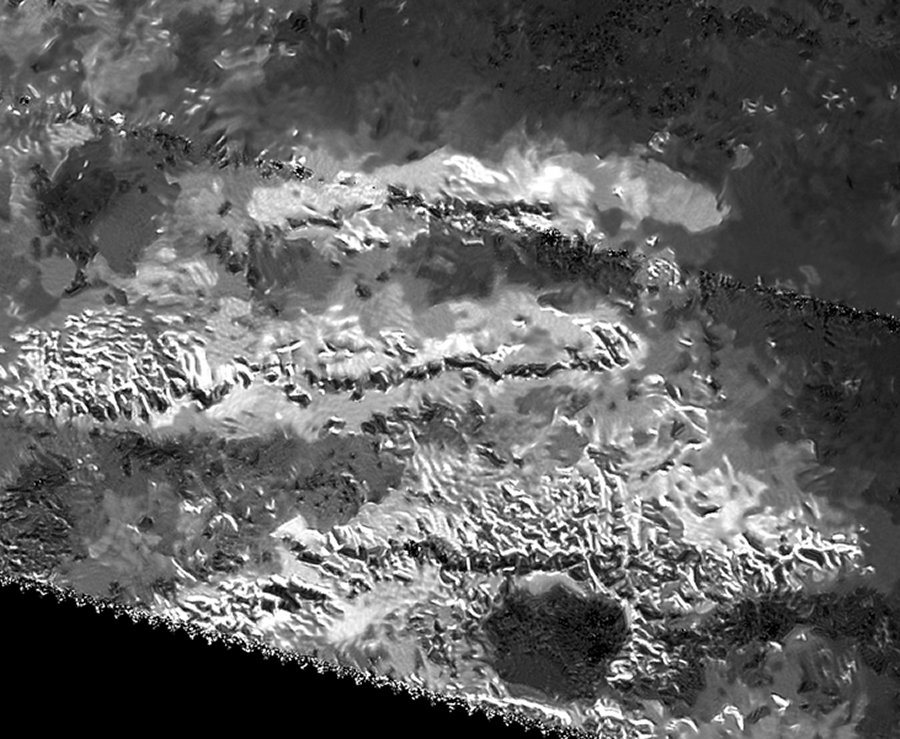
Most of Titan’s tallest mountains appear to be close to the equator. The researchers identified other peaks of similar height within the Mithrim Montes, as well as in the rugged region known as Xanadu, and in collections of more isolated peaks called “ridge belts” located near the landing site of ESA’s Huygens probe.
The investigation was originally motivated by a search for active zones within Titan’s crust — places where dynamic forces have shaped the landscape, perhaps in the relatively recent past.
“As explorers, we’re motivated to find the highest or deepest places, partly because it’s exciting. But Titan’s extremes also tell us important things about forces affecting its evolution,” said Jani Radebaugh, a Cassini radar team associate at Brigham Young University in Provo, Utah, who led the research.
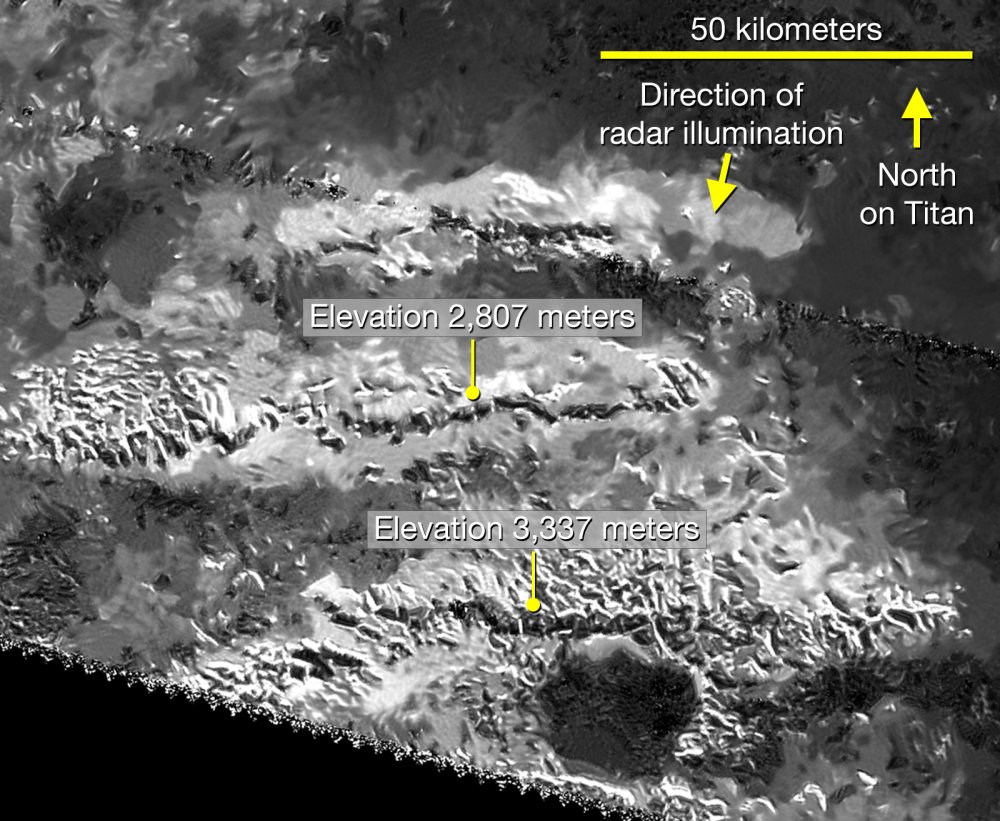
Mountains and cliffs on Earth usually are found in locations where forces have shoved the surface upward from underneath. Forces of erosion, including wind, rain and runoff, slowly wear them down over time.
The Himalaya and Andes Mountains are examples of places where interior forces are at work today. The Appalachian Mountains represent much more ancient activity that produced similarly gigantic peaks long ago, which have since eroded.
Cassini has found that Titan also has rain and rivers that erode its landscape. According to Radebaugh, the process probably proceeds much more slowly on Titan than on Earth because, at 10 times Earth’s distance from the sun, there is less energy to power erosive processes in the moon’s atmosphere.
Findings are presented at the 47th annual Lunar and Planetary Science Conference at The Woodlands, Texas.
MessageToEagle.com
Expand for referencesReferences:



